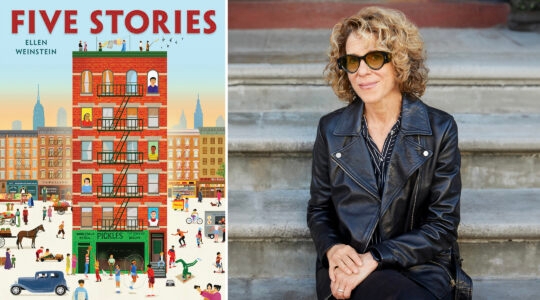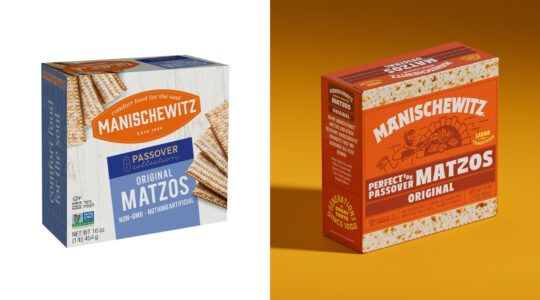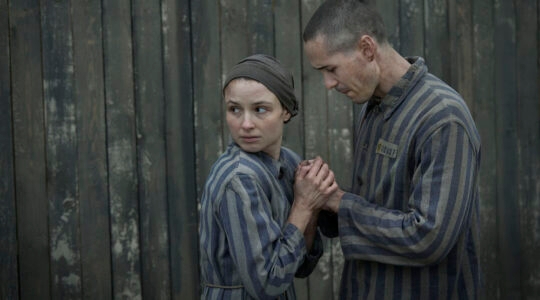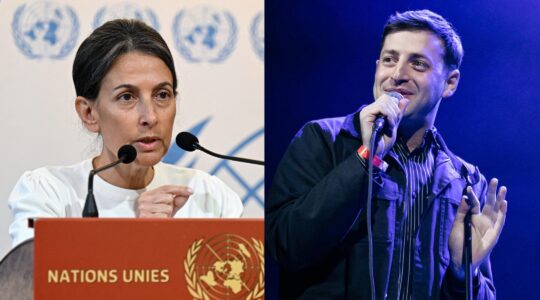
Malcolm Hoenlein, executive vice-chairman of the Conference of Presidents of Major American Jewish Organizations, shakes hands with Palestinian Authority Prime Minister Salam Fayyad in the West Bank town of Jenin Feb. 18, 2009. (Avi Hayun)
“Several disgruntled members of the Conference of Presidents of Major American Jewish Organizations are discussing ways to reform” it after a left-wing group failed to gain membership, a JTA article reports, adding, “The recent membership vote has sparked a new discussion of membership requirements, accountability and voting procedure.”
The article is not describing reactions to the dovish J Street’s rejection from the Jewish umbrella organization this past week, but rather the rejection, in 2003, of Meretz USA and the Reconstructionist Rabbinical Association.
Go back another decade, to Americans for Peace Now (APN)’s application to the group in 1993, and, while the outcome differs, much of the rhetoric is similar.
“Some Jewish groups had argued that APN’s policy stances were outside the consensus of mainstream Jewish opinion and that, therefore, the group should not be admitted to the Conference of Presidents,” JTA wrote shortly after the group won membership in a majority, but not two-thirds, vote. (Soon after, the bar for gaining admission was raised from majority to two-thirds.)
Even in 1993, many of the players were the same as in last week’s J Street debate, and they were making many of the same arguments. Malcolm Hoenlein, the Conference’s chief executive told JTA that no membership application before had prompted debate “quite to the degree,” that APN’s had. As in the recent J Street vote, Abraham Foxman, national director of the Anti-Defamation League, came out in favor of the left-wing applicant’s inclusion for reasons of diversity and tolerance, “notwithstanding his disagreement with many of the group’s positions,” JTA noted.
And just as Morton Klein, president of the right-wing Zionist Organization of America, was one of the most vocal opponents of extending Conference membership to J Street, he and another ZOA member were “in the forefront of a national campaign to prevent Peace Now’s inclusion in the umbrella group,” JTA reported.
Even the Reform movement, although led by different individuals, played a similar part in 1993 and 2003 as it is playing now in the J Street debate: not just favoring inclusion and questioning the Conference’s practices, but emphasizing that, as a large group, its voice should carry more clout than the numerous smaller members in the Conference.
In its 2003 coverage about anger in the aftermath of Meretz USA’s rejection, JTA quoted an op-ed the Reform movement’s then president, Rabbi Eric Yoffie, had published in the Forward:
I favor the participation in the Presidents Conference of all legitimate national groups, however small. But larger organizations should be given a role commensurate with their size, so that the conference genuinely reflects the true balance of opinion in the Jewish community.





